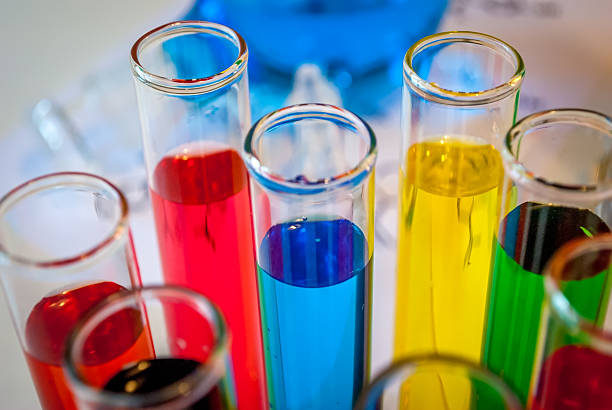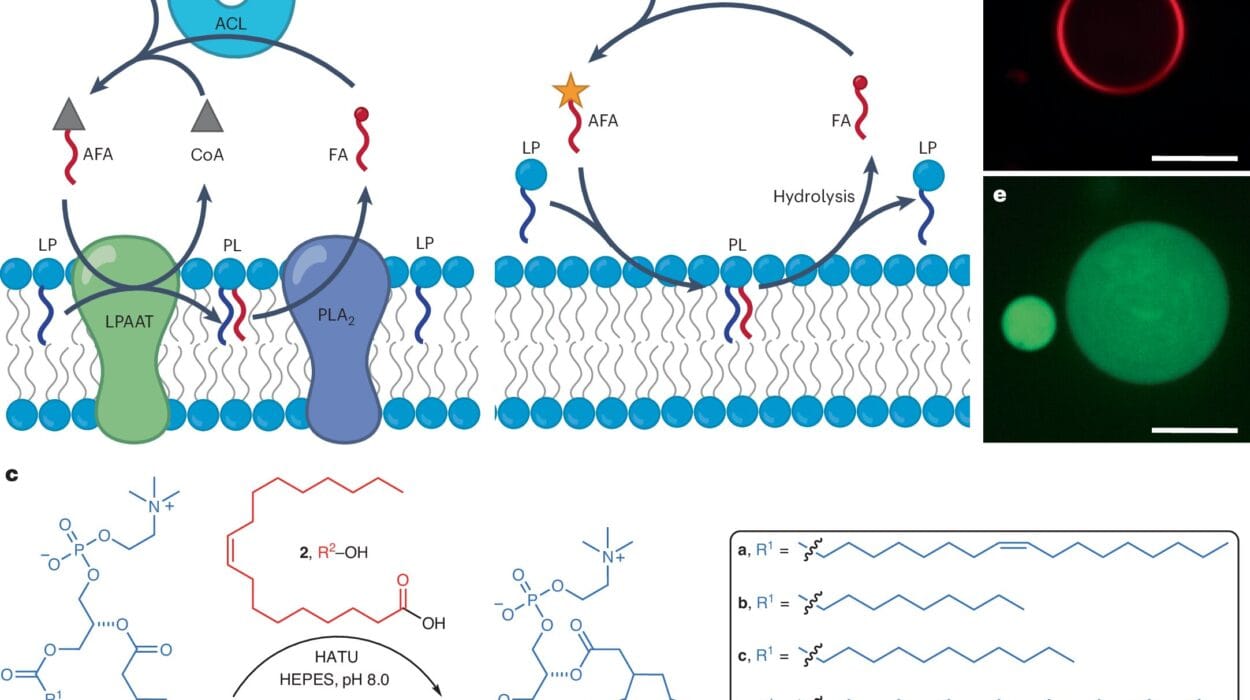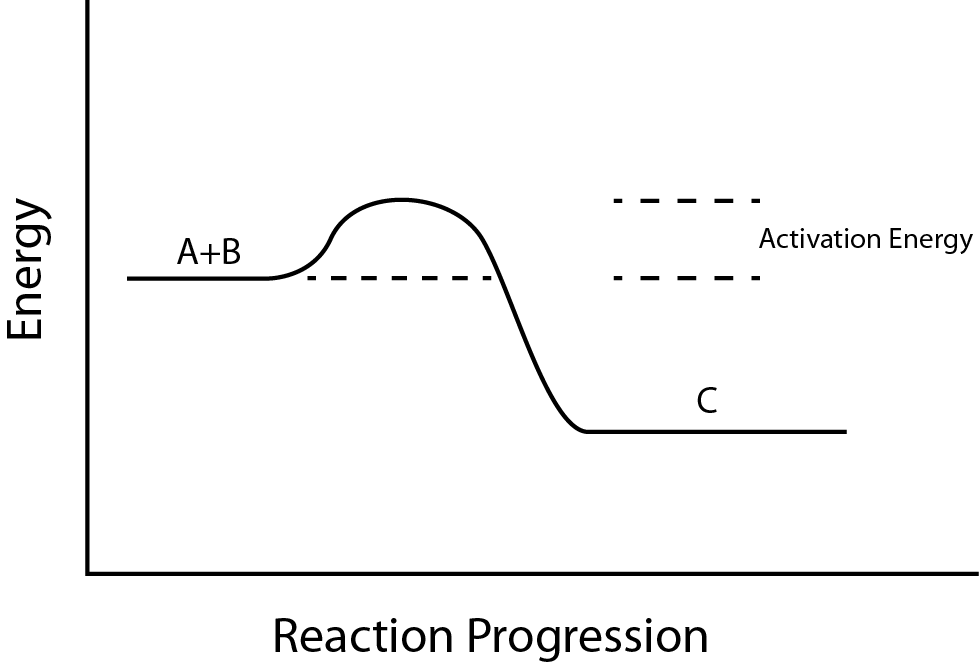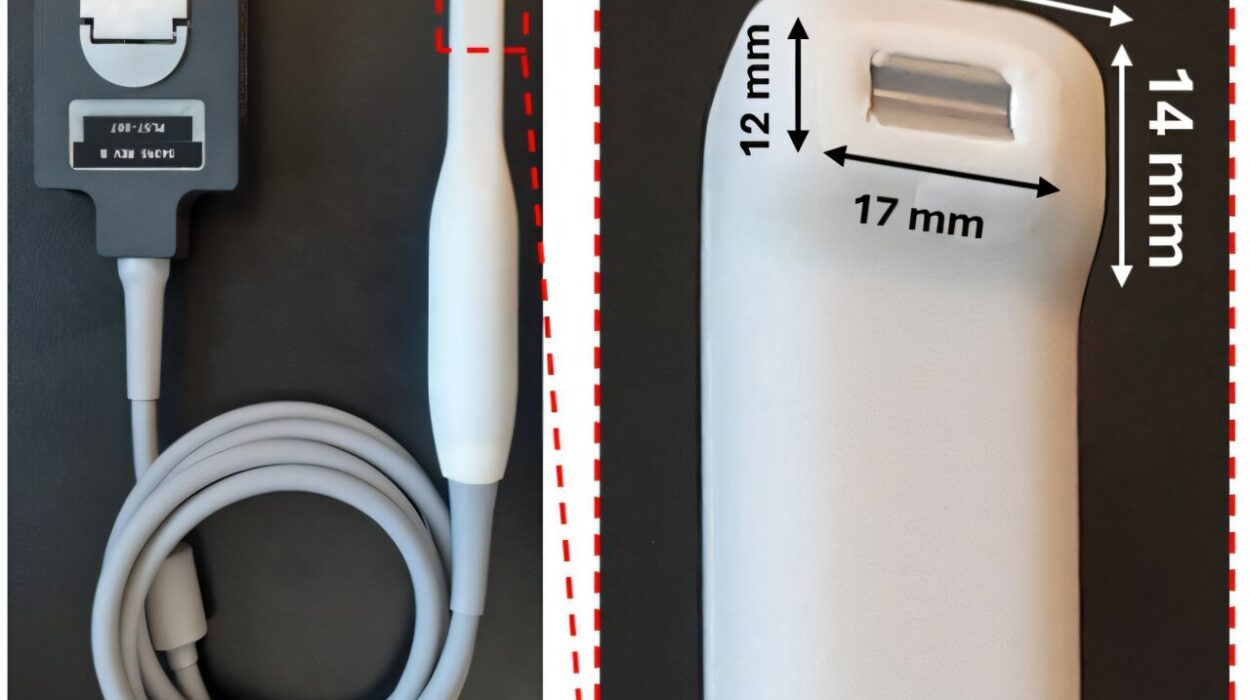The future of clean energy depends on hydrogen. This simple element, when used as a fuel, produces nothing but water as a byproduct. It has the potential to power cars, planes, factories, and even entire cities—without contributing to climate change. But there’s one big problem: producing hydrogen cleanly and affordably has proven to be incredibly difficult.
For years, the world has relied on a rare, precious metal called iridium to make this process work. Iridium is the gold standard for catalysts that split water into hydrogen and oxygen, a reaction known as water splitting. But iridium is more expensive than gold, costs nearly $5,000 per ounce, and is one of the rarest elements on Earth.
As researchers often say: there simply isn’t enough iridium in the world to meet our growing demand for clean hydrogen.
That’s why a discovery from Northwestern University, in partnership with the Toyota Research Institute (TRI), is generating global excitement. Using a revolutionary tool called a megalibrary, scientists found a brand-new material that works just as well as iridium—maybe even better—at a fraction of the cost. And they found it in just one afternoon.
What Exactly Is a Megalibrary?
At first glance, the word “megalibrary” might sound like something out of science fiction. In reality, it’s one of the most powerful tools ever created for discovering new materials. Invented by Northwestern’s Chad A. Mirkin, the megalibrary is essentially a nanomaterial “data factory.”
Here’s how it works: on a tiny chip, scientists print millions of nanoparticles, each one slightly different in its chemical composition. Think of it as having millions of miniature experiments running side by side, all on something smaller than your fingernail. Each nanoparticle is a unique blend of elements, carefully designed to test a wide range of possibilities.
Mirkin describes it this way: “Instead of having one scientist testing one material at a time, you suddenly have millions of scientists on a single chip. It’s like deploying a full army of researchers, all working at once.”
By analyzing the results from this chip, researchers can instantly see which combinations of metals work best for a given problem—saving years, even decades, of trial and error.
The Search for an Iridium Alternative
When Mirkin and his team turned their megalibrary toward hydrogen production, they were looking for something very specific: a catalyst for the oxygen evolution reaction (OER). This is the step in water splitting where oxygen is produced. It’s notoriously slow and inefficient—unless you use iridium.
But iridium is far too scarce to rely on. To overcome this challenge, the researchers created a megalibrary with 156 million nanoparticles, each made from different combinations of four abundant metals: ruthenium, cobalt, manganese, and chromium.
A robotic scanner then evaluated which of these tiny particles could perform the OER most efficiently. From there, the team tested the most promising candidates in the lab—and one stood out above the rest.
The winning formula was a precise mix of all four metals: Ru52Co33Mn9Cr6 oxide. In experiments, this material matched—and in some cases even exceeded—the performance of commercial iridium catalysts. Even more impressive, it showed excellent stability in harsh conditions, something that has always been a challenge for ruthenium-based materials.
And the cost? Roughly one-sixteenth that of iridium.
Why This Discovery Matters
The implications of this breakthrough are enormous. By replacing iridium with a far cheaper and more abundant material, the cost of green hydrogen could drop dramatically, making it accessible on a much larger scale.
In long-term tests, the new catalyst ran for more than 1,000 hours with high efficiency and stability. This is critical because industrial hydrogen production requires materials that can withstand continuous use in tough environments.
“This discovery doesn’t just make affordable green hydrogen a possibility,” Mirkin said. “It proves the effectiveness of the megalibrary approach. We can now search through enormous numbers of material combinations and actually find ones that matter—in record time.”
A New Era of Materials Discovery
Perhaps the most exciting part of this story is not just the material itself, but the method used to discover it. Materials discovery has traditionally been slow, expensive, and filled with dead ends. Scientists would test one idea at a time, often taking years to identify something useful.
Megalibraries change the rules entirely. They allow scientists to screen millions of possibilities in days, and then quickly scale up the most promising candidates. By pairing this approach with artificial intelligence and machine learning, researchers can now accelerate discovery even further.
In fact, Northwestern and TRI have already begun using AI algorithms to sift through megalibrary data, identifying patterns that humans might miss. This combination of nanotechnology, robotics, and AI could revolutionize not just clean energy, but fields ranging from medicine to electronics.
Beyond Hydrogen: A World of Possibilities
While this breakthrough focused on hydrogen, the megalibrary platform could be applied almost anywhere. Imagine rapidly discovering better materials for batteries, solar cells, biomedical devices, or even optical technologies.
As Mirkin puts it: “The world does not use the best materials for its needs. People found good-enough materials decades ago, given the tools they had at the time. But now, with megalibraries, we can flip that upside down. We can finally find the best materials—without compromise.”
That vision has the potential to reshape industries. Instead of being locked into materials chosen a century ago, scientists could unlock entirely new classes of substances that are stronger, lighter, cheaper, and more sustainable.
The Beginning of a Hydrogen Revolution
Hydrogen has long been called the “fuel of the future.” With breakthroughs like this, that future is finally starting to look within reach. By overcoming the dependence on rare, costly metals, the path toward affordable, scalable green hydrogen becomes much clearer.
But beyond hydrogen, this is also a story about imagination, perseverance, and technology’s ability to accelerate discovery. In just a single afternoon, a megalibrary accomplished what might once have taken years of painstaking work.
As the world urgently seeks solutions to the climate crisis, tools like this may prove indispensable. They remind us that innovation is not just about solving today’s problems—it’s about opening doors to futures we couldn’t even imagine yesterday.
More information: Jin Huang et al, Accelerating the Pace of Oxygen Evolution Reaction Catalyst Discovery through Megalibraries, Journal of the American Chemical Society (2025). DOI: 10.1021/jacs.5c08326






